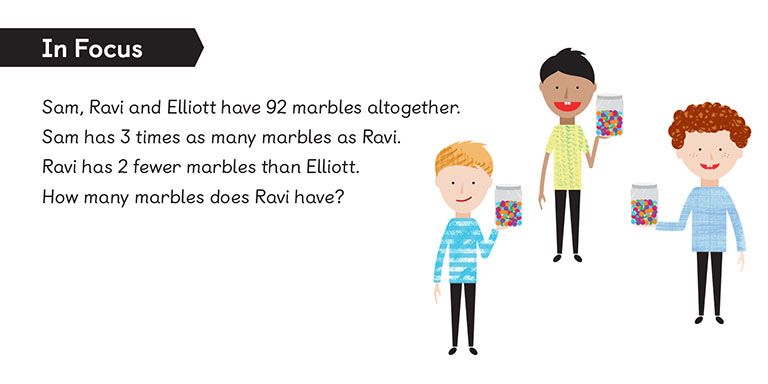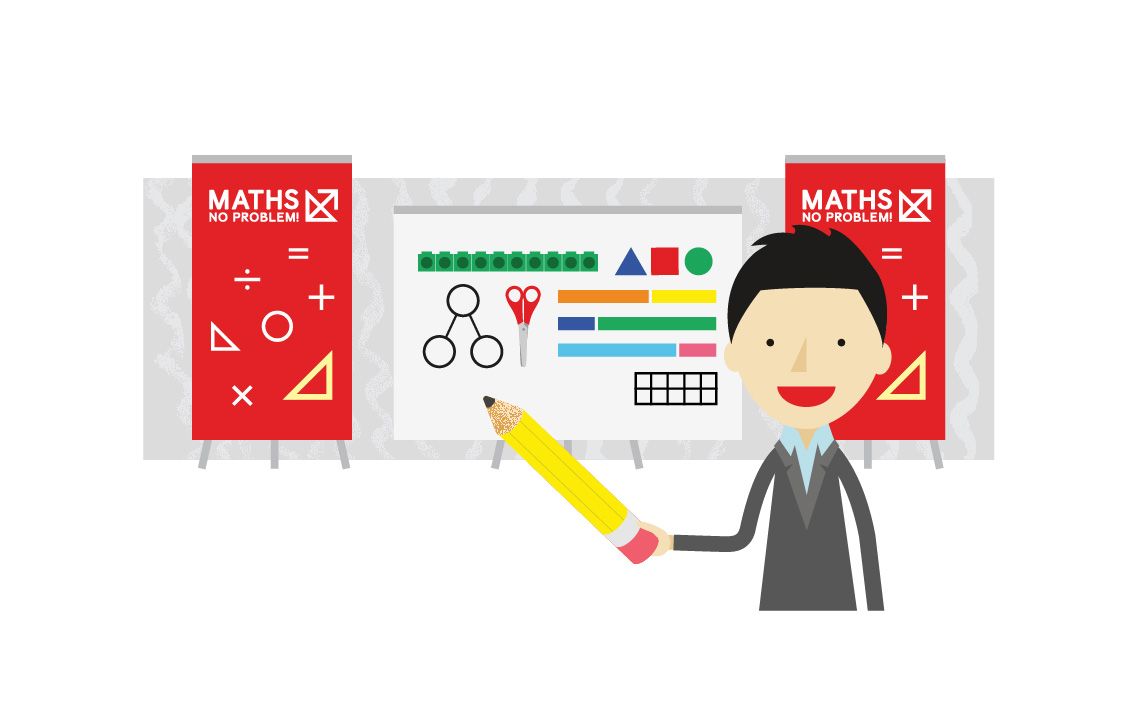6 Things I Learned After 2 Days with Ban Har
6 Things I Learned After 2 Days with Ban Har
When I got the offer to check out a two day course with math mastery expert Dr. Yeap Ban Har, I was all ears — but nervous.
My math skills going into teaching were so-so at best, and I’m still no expert. But just a few minutes after arriving at my Teaching Math for Mastery course, I knew that wasn’t a problem. Despite my amateur status in math, Ban Har helped shift my perspective on math (and how to teach it).
Here are the six big things I learned after two days with Ban Har.
Looking to get started with the Singapore method? Check out upcoming courses.
1) Math is a language (and most of us are illiterate)
What we say when we teach math is different than what we write.
Take teaching multiplication, for example. We all know that 4 × 5 = 20. But while we can write out 4 × 5 = 20 in our sleep, how do you explain or write it in plain language?
We might say to students “I have 4 baskets and each basket has 5 apples in it — how many do I have?” But when it comes to representing this problem through writing, we’ve been trained to scribble 4 × 5 = 20 on the board.
Think about that for a second: moving from a plainly worded question to an abstract written equation represents a huge leap of logic and understanding for a lot of kids. We’re saying one thing, and writing another.
That’s why Ban Har stresses the importance writing and reading math with words and language.
So, the above equation might be spoken or written in plain language like this:
There are 4 baskets. Each basket has 5 apples.
4 baskets of 5 apples is the same as 20 apples.
4 groups of 5 is 20.
4 fives is 20
4 × 5 = 20
Math is a language! It benefits students to learn how to speak it.
2) How to be excited about advanced learners (and not horrified)]
Enter Ban Har with this quote: “It’s better to solve one problem 5 ways, than it is to solve 5 different problems.”
Instead of bombarding advanced learners with new concepts and problems, Ban Har suggests a whole host of helpful ways to provide a deeper understanding of mathematical concepts. Here are just a few:
- Is there another way to solve this problem?
- Can you draw a model of how you solved the problem?
- Write out how to solve this problem to someone who is away today (or your parents!)
As a teacher, I always silently freaked out when it came to teaching advanced learners. Differentiating by depth of concept changes that.
3) There’s a better way to get started with algebra
Algebra can be tricky to teach. For example, look at this question.

How would you go about teaching it? Most of us might resort to writing out abstract equations — which can be a steep learning curve for students.
So, there’s the bar modelling method. A mainstay of teaching for Singapore math, it’s a simple way to provide students an intuitive entry point for learning algebra. It doesn’t outright replace algebra, but it’s an easy to master visual method for students to learn, and prevents them from being overwhelmed by abstract equations and numbers.
After my two day course, I used bar modelling right away in class — it’s super simple to master and teach.
Learn more about bar modelling.
4) How to enjoy my lunch hour — finally
If your schedule is anything like mine, then your lunch hour is six minutes, not sixty. Attend a Maths — No Problem! event, however, and expect to take the full lunch hour to dive into a ridiculously good free buffet. Yeah — I had a few helpings.
5) Ban Har is everything everyone says he is
They say you should never meet your heroes, but in the case of Ban Har, you should. Informative, quotable, hilarious, relatable, and totally engaging — Ban Har lives up to the hype. I heard more than a few attendees refer to him as their “math crush” after day one — no joke.
6) Teaching skills I could actually use
I left my Teaching Math for Mastery course with a heap of strategies, concepts, and lesson ideas to incorporate into my teaching right way.Not only that, I had a stronger grasp on the concepts and ideas I was teaching to my students, and a heck of a lot more confidence when it came to planning lessons and working with advanced learners.
I’ve been to more than a few conferences and professional development courses. And while some of them were good, I often found myself leaving inspired, but not necessarily equipped with any new skills or strategies that I could use. Maybe I learned a theory or concept that I found engaging, or a very specific teaching technique. But I usually left with no hard skills that I could incorporate into my daily practice as a teacher; come Monday, I’d always find it difficult to actually apply the information I’d learned.
My Math for Mastery course was different. I really got the sense that Ban Har wanted to give attendees practical skills that teachers can use in class everyday. Yes I learned hard concepts like the CPA approach, bar modelling, or number bonds. But Ban Har also stresses the importance that it’s how we teach that really matters — content is important, but the way in which we relay that content to students is equally critical. Come Monday, I felt that I had a fresh toolkit of skills and techniques to use, but also a fresh perspective on how to teach math.
Not bad for just two-days with Ban Har. Not bad at all.
Advance your skills online
New to maths mastery or looking to sharpen your skills? We offer a range of online CPD courses — from the fundamentals to advanced techniques — to support every practitioner.


